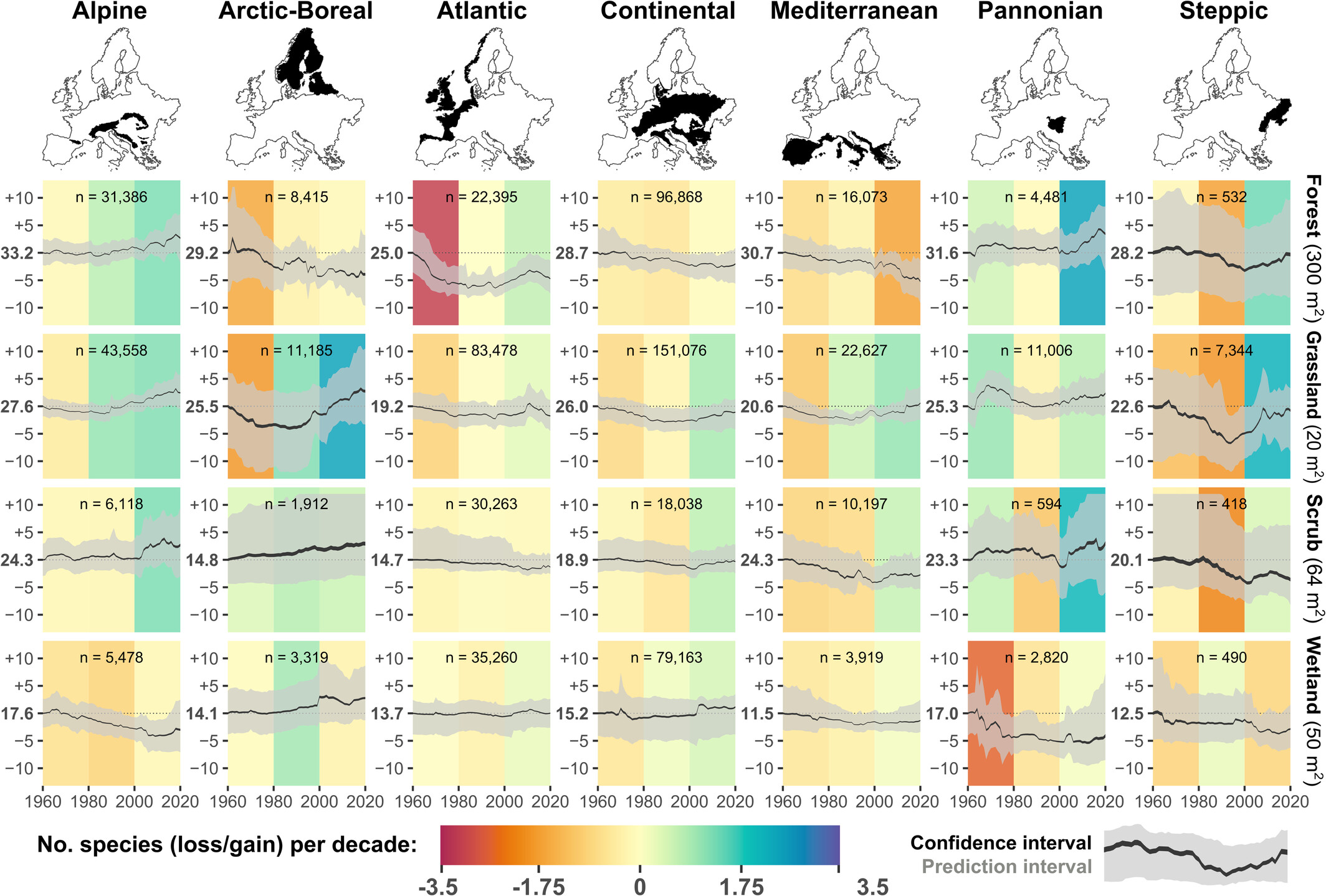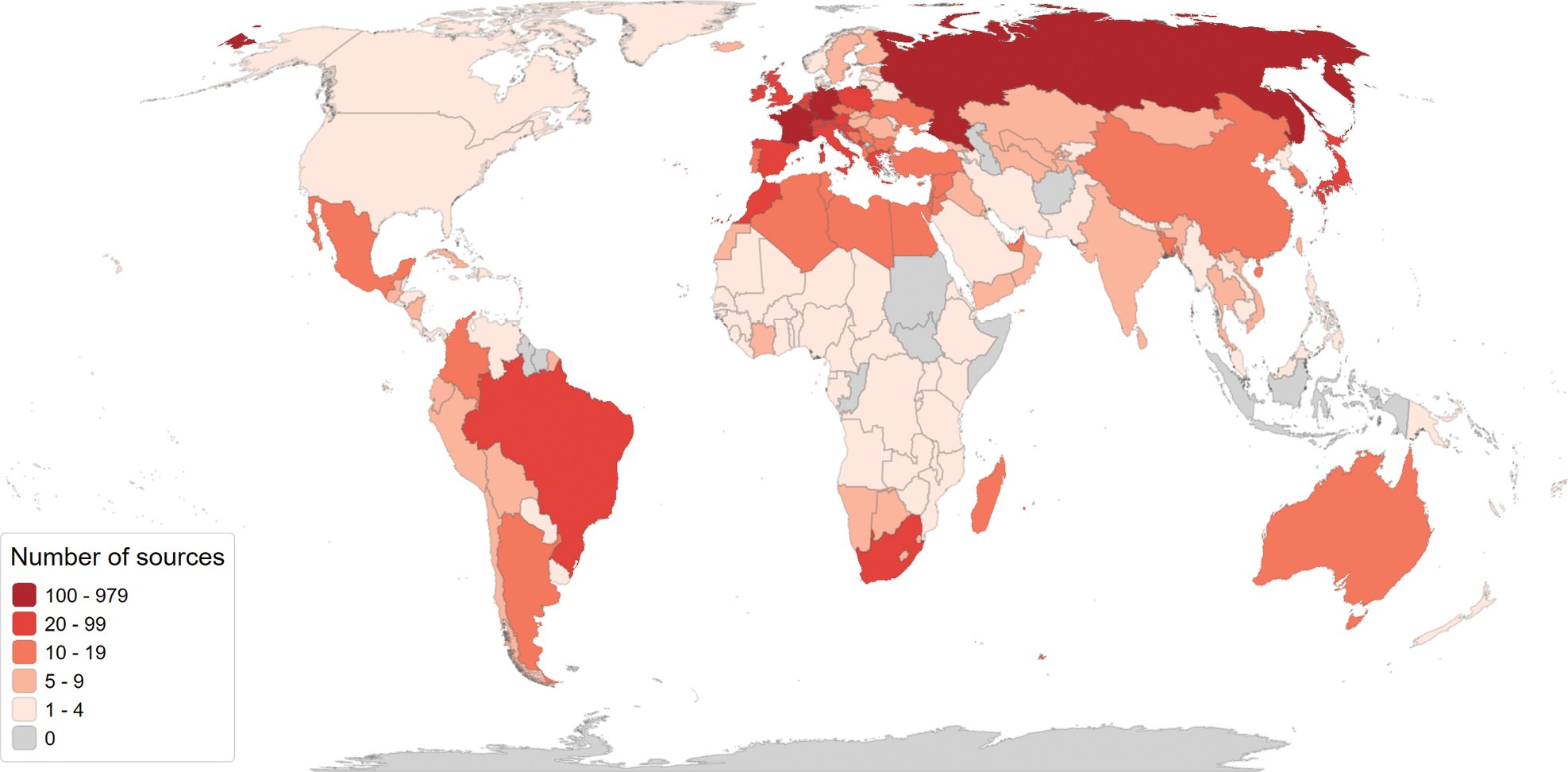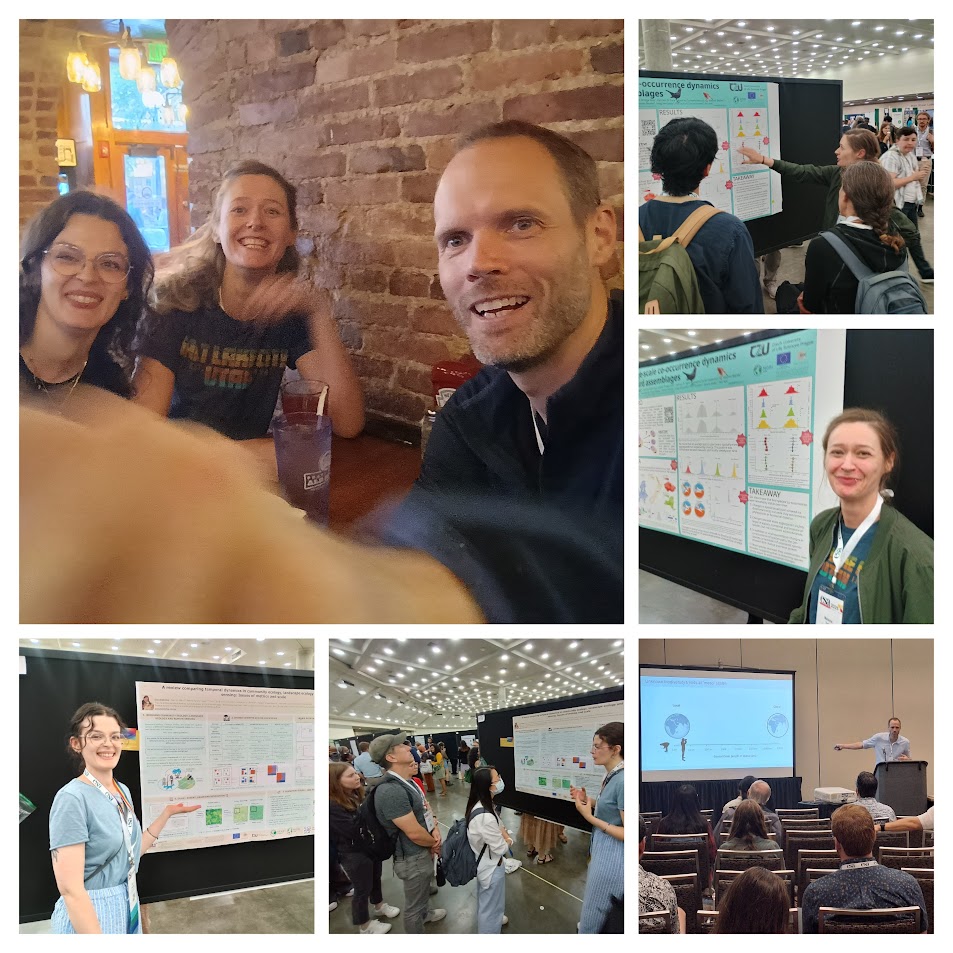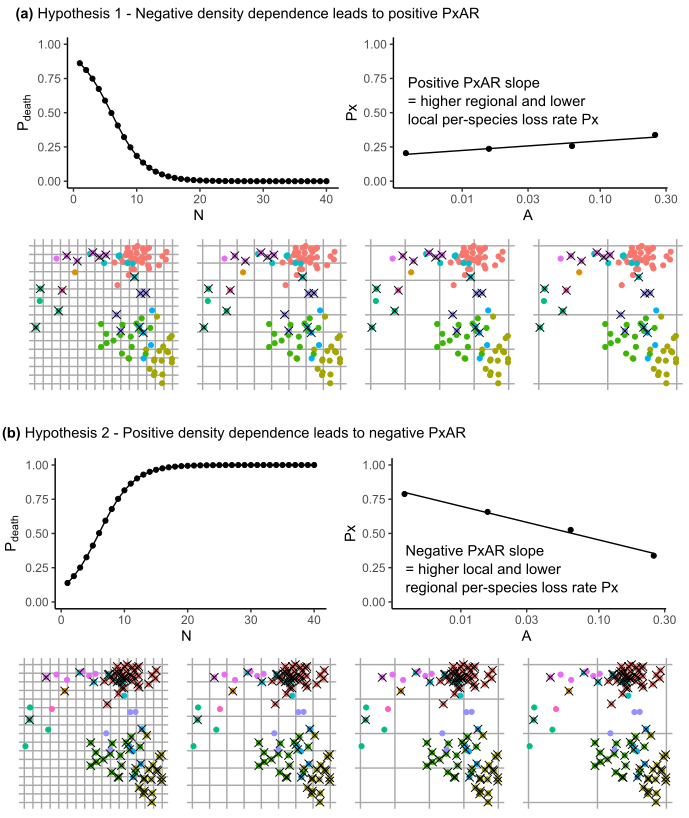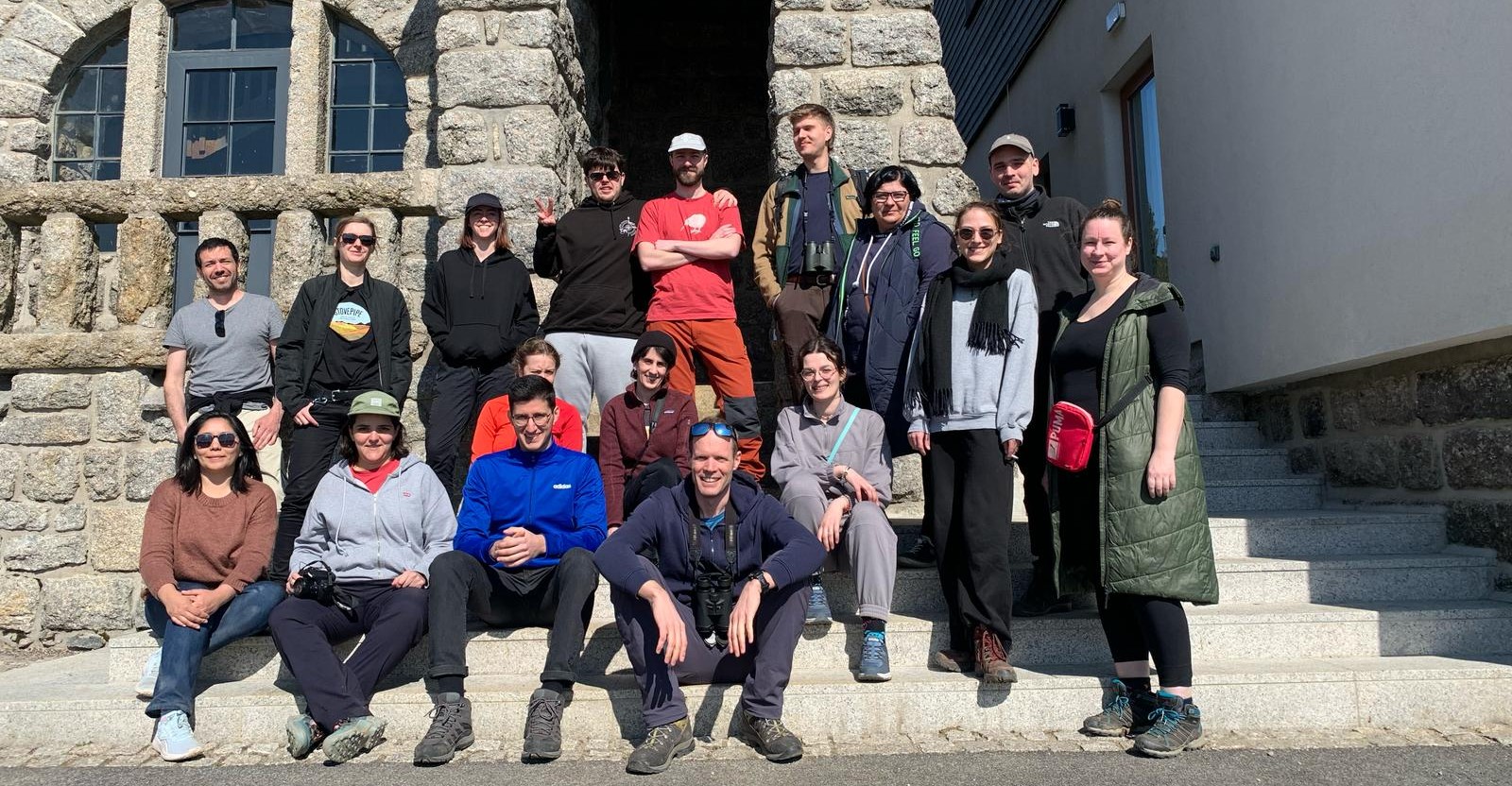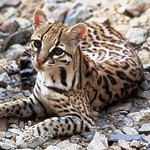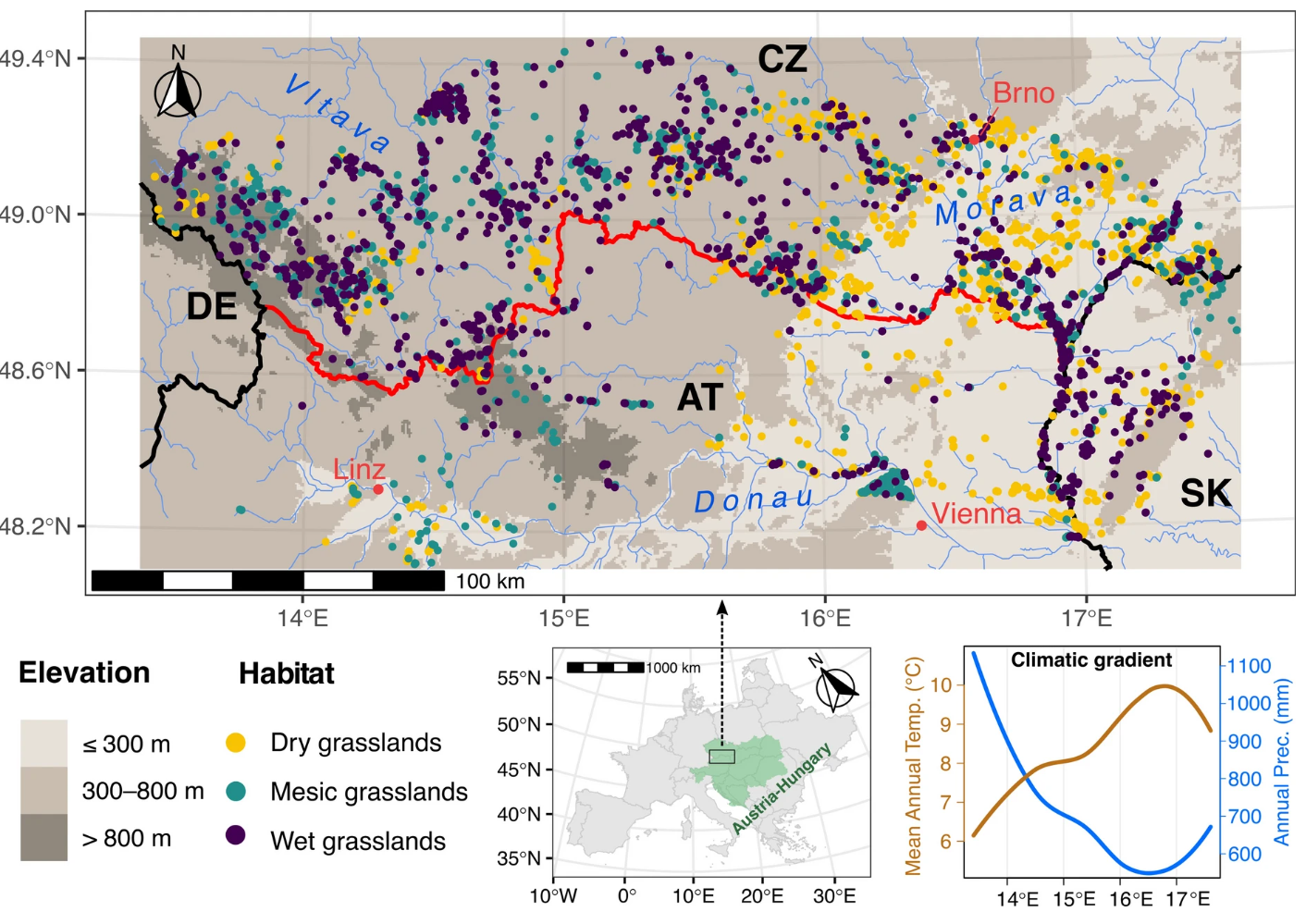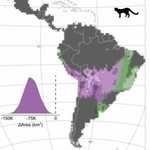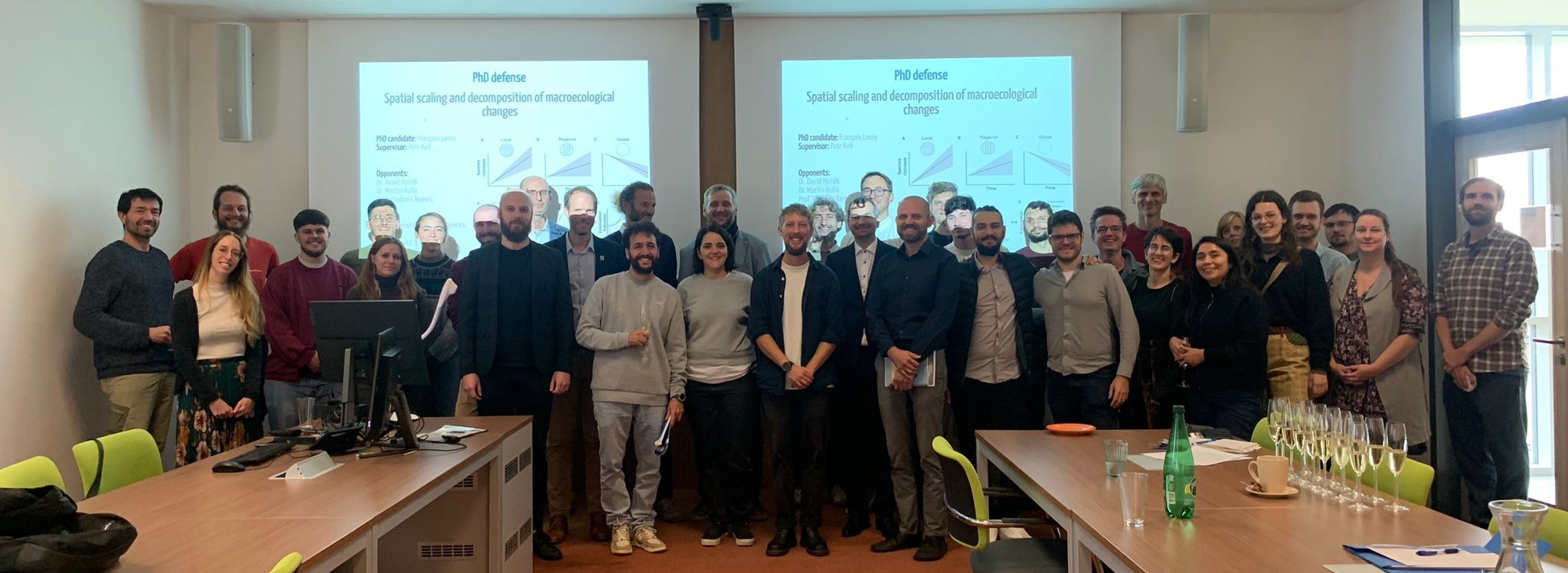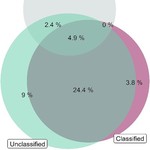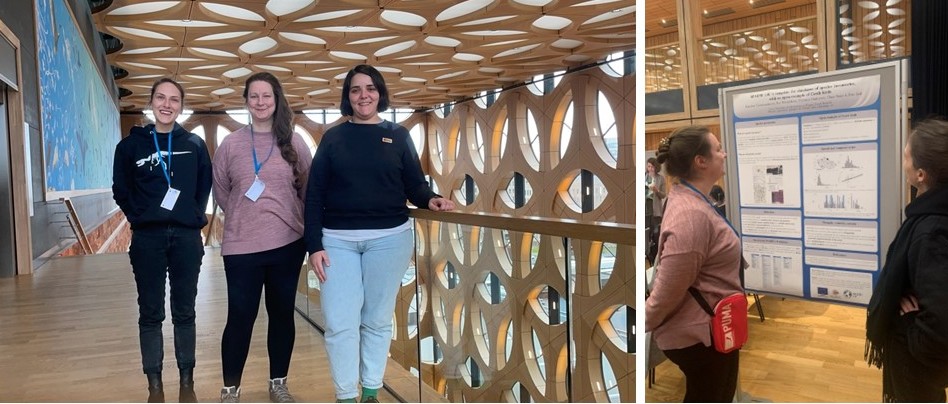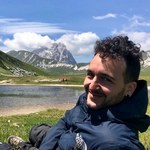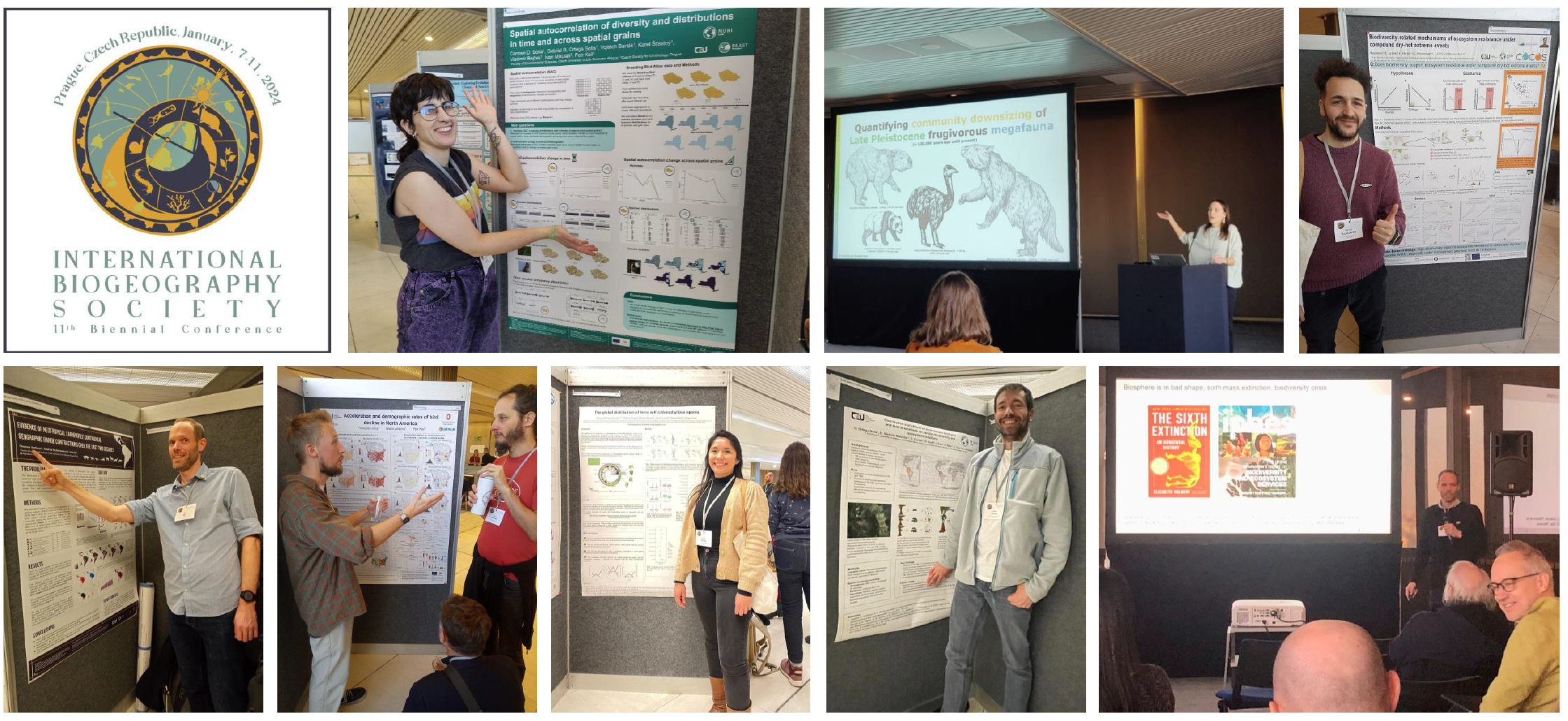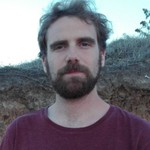In a new paper led by Francois (Leroy et al. 2023 Ecography), we show how temporal change of species diversity can be decomposed to processes of extinction, colonization, and recurrence, and how this all plays out at different spatial scales. There is both substantial theory as well as a big empirical example of Czech Birds.
This is a major analysis in the context of our research in MOBI lab, and it is important for understanding of what’s been going on with biodiversity in the Anthropocene.
The paper also marks a crucial emerging collaboration of MOBI lab with Czech ornithologists and/or other members of our university, namely Jiri Reif (Charles University), Zdenek Vermouzek (Czech Society for Ornithology), Karel Stastny (FZP CZU), Vladimir Bejcek (FZP CZU), and Ivan Mikulas (Czech Society for Ornithology). Special thanks to Eva Travnickova for the work on the Czech bird atlas cards!
Scientifically, the paper deals with a complex problem, and Francois has managed to put it all together brilliantly, more so given that this was the first major quantitative analysis of his PhD. There were endless discussions over whiteboards, many dead ends, some frustrations, and all the struggles that necessarily come with exploring of a new scientific horizon, managing a large and messy empirical dataset, developing new theory, applying new analytical tools, and handling a multi-author situation.
Some say that PhD students should start with simpler tasks and move to more complex problems later, as they progress. This was not the case - substantial parts of the research were as new to me as they were to Francois. This made it more risky and frustrating at times, but also more fun, and in the end more rewarding.
Congratulations Francois, I’ve learned a lot, and I am looking forward to further explorations with you!
